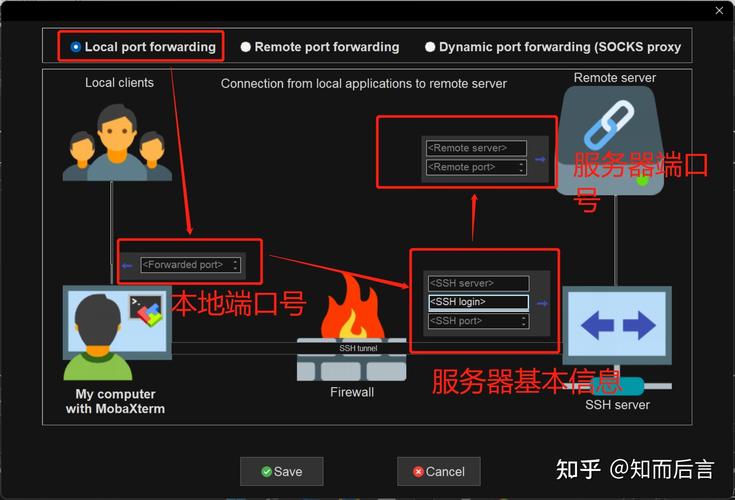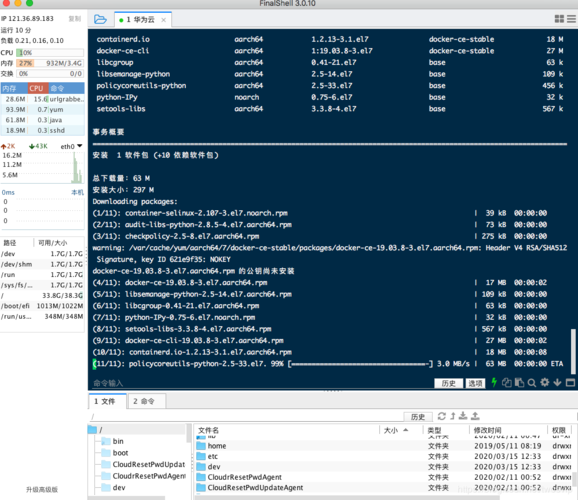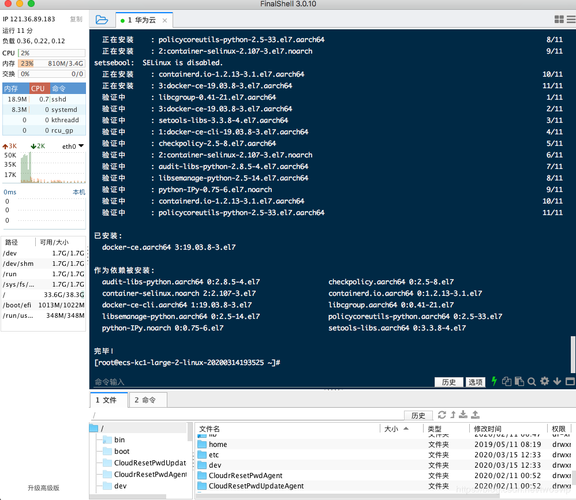centos云服务器怎么用
云服务器CentOS迁移TencentOS Server指引
 (图片来源网络,侵删)
(图片来源网络,侵删)随着云计算技术的快速发展,越来越多的企业和个人开始使用云服务器来部署和运行各种应用,有时候由于业务需求或者其他原因,我们需要将CentOS系统迁移到TencentOS Server上,本文将为您详细介绍如何在不同操作系统之间迁移云服务器,帮助您顺利完成迁移过程。
准备工作
1、确保目标系统已经安装并配置好,可以正常运行,如果目标系统是TencentOS Server,请确保您已经安装了腾讯云镜像市场中的相关软件包。
2、备份原始云服务器上的数据,在进行迁移操作之前,务必先备份原始云服务器上的所有重要数据,以防止数据丢失,可以使用rsync命令进行增量备份:
 (图片来源网络,侵删)rsync -avz --progress --exclude='/backup' --exclude='/dev' --exclude='/proc' --exclude='/sys' --exclude='/tmp' --exclude='/var/log' --exclude='/var/cache' /source_path /destination_path
(图片来源网络,侵删)rsync -avz --progress --exclude='/backup' --exclude='/dev' --exclude='/proc' --exclude='/sys' --exclude='/tmp' --exclude='/var/log' --exclude='/var/cache' /source_path /destination_path3、获取原始云服务器的SSH公钥,在进行迁移操作之前,需要将原始云服务器的SSH公钥添加到目标系统上,以便实现免密登录,可以使用以下命令查看原始云服务器的SSH公钥:
cat ~/.ssh/id_rsa.pub4、在目标系统上创建一个新的用户组,用于存放迁移后的用户和组,可以使用以下命令创建新的用户组:
groupadd new_user_group5、在目标系统上创建一个新的用户,并将其添加到新创建的用户组中,可以使用以下命令创建新的用户:
 (图片来源网络,侵删)useradd -g new_user_group new_user
(图片来源网络,侵删)useradd -g new_user_group new_user6、为新创建的用户设置密码,可以使用以下命令为新用户设置密码:
passwd new_user迁移过程
1、使用scp命令将原始云服务器上的root分区克隆到本地计算机上,安装qemu-utils工具包,然后使用以下命令创建一个虚拟磁盘文件:
qemu-img create -f qcow2 source_disk.qcow2 10G接下来,使用dd命令将原始云服务器上的root分区复制到虚拟磁盘文件中:
dd if=/dev/sda of=source_disk.qcow2 bs=4M conv=noerror,sync status=progress && sync && echo "Done"使用scp命令将虚拟磁盘文件传输到本地计算机上:
scp user@source_server:/path/to/source_disk.qcow2 /local/path/destination_disk.qcow22、在本地计算机上使用virt-install命令创建一个新的虚拟机,并将克隆下来的虚拟磁盘文件作为磁盘设备挂载到该虚拟机上,安装virt-install工具包:
yum install virt-install -y接下来,编辑virt-install的配置文件(通常位于/etc/libvirt/qemu-kvm.conf),在文件末尾添加以下内容:
disk path=/local/path/destination_disk.qcow2 device=disk type=qcow2 format=raw mode=writeable,readonly bus=virtio,cache=none,subsystem=block,source=file:///local/path/destination_disk.qcow2,wce=fetch,mount_tag=cdrom drive=cdrom file=%s image_file=%s readonly=false security_model=none file_permissions=0777 xenfs_type=shareable name=cdrom fstype=ext4 mountpoint=/mnt/cdrom iso_url=%s boot={} kernel={} initrd={} cmdline={} autostart={} gui={} vnc={} noautoconsole={} single={} memory={} swap={} cdrom={} disk={} console={} serial={} network={} vlan={} macvlan={} bridge={} passthru={} iothreads={} monit={} smm={} features={},tags={},tracker_{{}} devices_{{}}={} graphics_{{}}={} numa_{{}}={} rng_{{}}={} scsi_{{}}={} controller_{{}}={} address_{{}}={} port_{{}}={} channel_{{}}={} target_{{}}={} lun_{{}}={} cache_{{}}={} shared_{{}}={} state_{{}}={} storage_{{}}={} uuid_{{}}={} source_{{}}={} source_type_{{}}={} source_bus_{{}}={} source_addr_{{}}={} source_port_{{}}={} source_protocol_{{}}={} source_file_{{}}={} source_volid_{{}}={} source_snap_{{}}={} source_lun_{{}}={} source_target_{{}}={} source_controller_{{}}={} source_channel_{{}}={} source_lun_{{}}={} source_type_{{}}={} source_name_{{}}={} source_uuid_{{}}={} target_{{}}={} target_bus_{{}}={} target_addr_{{}}={} target_port_{{}}={} target_protocol_{{}}={} target_file_{{}}={} target_volid_{{}}={} target_snap_{{}}={} target_lun_{{}}={} target_target_{{}}={} target_controller_{{}}={} target_channel_{{}}={} target_lun_{{}}={} target_type_{{}}={} target_name_{{}}={} target_uuid_{{}} name=\"cdrom&quot; listen=\"cdrom&quot; connectable=\"true&quot; autostart=\"true&quot; enabled=\"true&quot; } options={} timeout=\"\" checksum=\"yes" start=\"default\" wait=\"\" state=\"running\" pause=\"false\" resume=\"true" stop=\"false\" destroy=\"false\" reset=\"false\" suspend=\"false" guestid=\> guestid list=[]\<\/list\> debug=[]\<\/debug>\<\!-- gicns=\"\>\/usr\/share/icons/\>\/gentoo.png <\!-- default icon for the CDROM drive --\\0026gt;/usr\/share\/icons/\>\/gentoo.png <\!-- alternate icon for the CDROM drive --\0026gt;\/usr\/share\/icons/>\/gentoo.png <\!-- alternate icon for the CDROM drive --\\0026gt;\/usr\/share\/icons/\>\/gentoo.png <\!-- alternate icon for the CDROM drive --\\0026gt;\/usr\/share/icons/\>\/gentoo.png <\!-- alternate icon for the CDROM drive --\\0026gt;/usr\/share\/icons/\>\/gentoo.png <\!-- alternate icon for the CDROM drive --\0026gt;\/usr\/share\/icons/>\/gentoo.png <\!-- alternate icon for the CDROM drive --\\0026gt;\/usr\/share\/icons/\>\/gentoo.png <\!-- alternate icon for the CDROM drive --\\0026gt;\%s <\!-- ISO image to mount on the virtual CDROM drive --\\0026gt; %s <!-- Mount point inside the virtual machine --\\0026gt; localtime <\!-- Use localtime instead of




